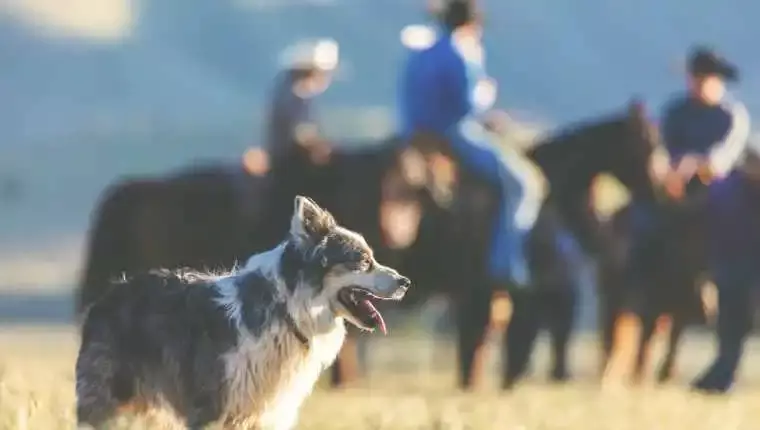Living on a farm is far from the idyllic image many people may conjure. While there is natural beauty in sprawling fields and vibrant sunsets, the reality involves endless labor, commitment, and collaboration. At the heart of this agricultural enterprise, one often overlooks an essential participant—the dog. Historically bred for specific tasks, these dogs have not only stood by our side but have shaped the functionality of rural life. Their roles range from herding and guarding livestock to providing companionship during strenuous tasks, establishing them as a crucial component of farming culture.
Unsung Heroes of the Homestead
Before the transformation of dogs into beloved family pets, many breeds were specifically selected for their abilities to thrive in tough environments. Border Collies, Australian Shepherds, and Corgis are prime examples of breeds sculpted by necessity. They developed an outstanding work ethic, stamina, and intelligence, enabling them to herd sheep, cattle, or even chickens. Their natural instincts guide them, as if each breed possesses a built-in GPS system, finely tuned to command livestock with grace and precision.
Beyond herding abilities, these dogs also serve as protectors. A good farm dog is vigilant and instinctively aware of potential threats, such as predators lurking nearby. Their presence not only safeguards livestock but also deters intruders, creating a sense of security on the farm. This dual role as both worker and guardian exemplifies the extraordinary bond between humans and dogs that has endured through generations.
Not All Breeds Fit the Farm Life
However, it’s vital to recognize that not every breed is cut out for this agricultural lifestyle. Many canines do not possess the physicality or temperament required to thrive in such an environment. Breeds that are more accustomed to urban living may struggle with the rigors of farm life, leading to frustration for both the animal and owner. This highlights the importance of matching a dog’s innate characteristics to their environment—one must consider energy levels, trainability, and social tendencies when introducing a dog to the rigors of rural living.
For high-energy breeds that find themselves in less stimulating environments, it becomes incumbent upon owners to provide ample exercise and mental engagement. Whether through play or structured activities, fulfilling a dog’s physical needs is imperative. Not giving an active breed the opportunities to expend their energy can lead to behavioral issues, something farmers simply cannot afford amidst the demands of maintaining their land and livestock.
The Perfect Companionship
While working breeds shine on the farm, the cultivation of camaraderie between humans and their canine companions cannot be understated. The relationship melds farm duties with emotional support—these animals provide unconditional love and loyalty. For farmers enduring the burdens of unpredictable weather, market fluctuations, and demanding tasks, knowing that a trusty dog is by their side can lighten the load, making the labor more bearable.
As we continue to appreciate these extraordinary farm dogs, we must also respect their individual needs and the roles they’ve played throughout history. Embracing their working instincts and adapting our expectations can lead to fulfilling partnerships that benefit both parties in the vast landscape of rural life. Whether serving on the front lines guarding livestock or simply acting as a comforting companion in the lonely fields, these dogs showcase resilience and loyalty that is nothing short of admirable.

